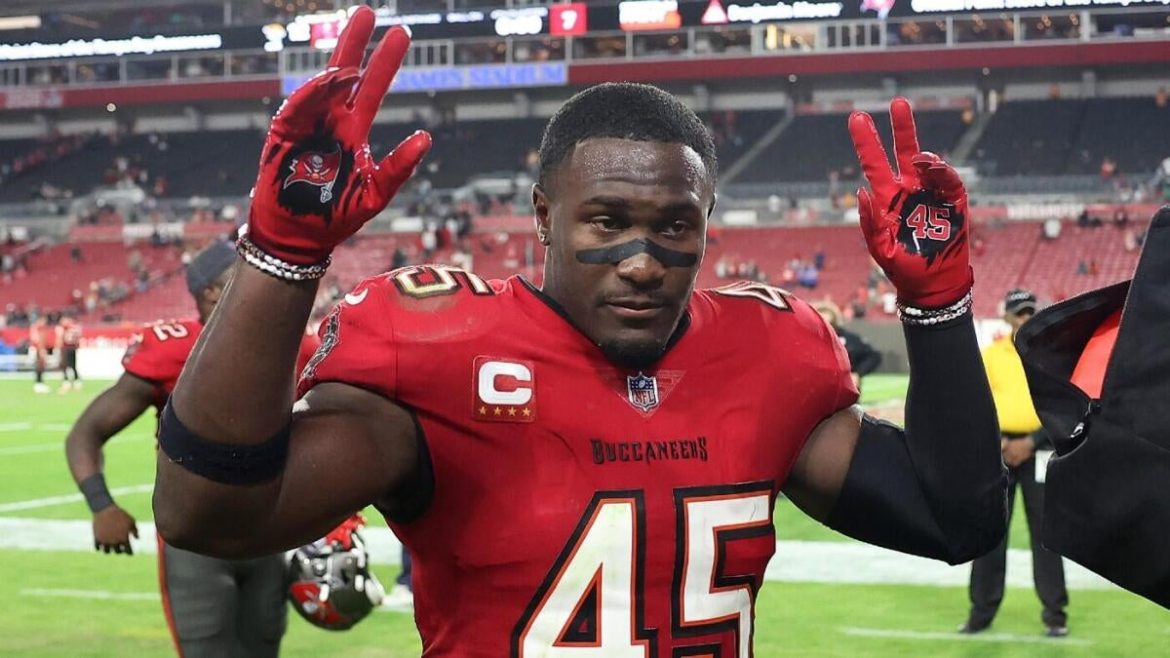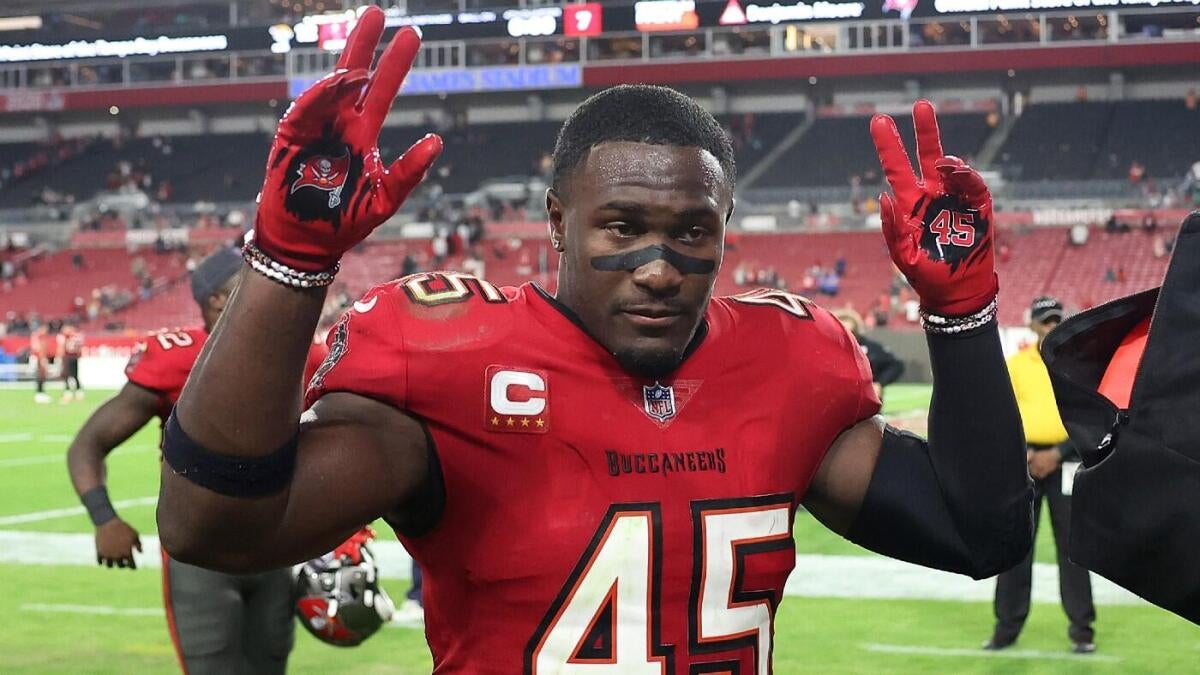Fred Warner and the Larger NFL Linebacker Pay Puzzle: An In-Depth Examination
==============================================================================
Fred Warner’s recent contract extension—a three-year, $63 million deal making him the highest-paid middle linebacker in NFL history—has stirred discussions that go beyond his personal achievement. Despite the impressive headline, many analysts and fans alike sense that Warner remains underappreciated financially relative to his impact. This paradox exposes a broader challenge in how NFL linebacker salaries are structured, highlighting systemic issues around the valuation of off-ball linebackers and their place in today’s NFL pay scale.
The Uneven Landscape of NFL Position Pay
—————————————-
The NFL’s compensation hierarchy demonstrates marked disparities across positions. Quarterbacks typically dominate in average salaries, historically commanding the lion’s share of league payrolls due to their pivotal role in offensive success and marketability. However, recent salary studies show shifts where defensive positions, including certain linebackers, are beginning to challenge this dominance—but unequally.
Despite Warner’s landmark deal, the general off-ball linebacker category remains catchingly underpaid when contrasted to other positions with ostensibly less responsibility or impact. This trend is paradoxical given that off-ball linebackers, especially elite players like Warner or Devin White—who has topped 120 total tackles consistently—perform highly demanding roles that blend run-stopping and pass coverage in a dynamic, often matchup-driven environment.
Valuation Challenges: Why Are Linebackers Undercompensated?
———————————————————–
Several factors contribute to the undervaluation of off-ball linebackers:
The linebacker’s responsibilities diversify depending on scheme and personnel deployment, ranging from run defense to pass coverage to occasional pass-rushing. This complexity muddles straightforward statistical evaluation and makes it difficult to compare linebacker performance with more quantifiable positions such as wide receivers or pass rushers who accumulate sacks.
As reported by agents and analysts, linebacker salaries have experienced relative stagnation compared to other positions. This slow growth, despite rising overall NFL payrolls, places linebackers in a position where their market ceiling hasn’t kept pace with performance demands.
Off-ball linebackers changing teams often face diminished “Approximate Value” (AV) scores, pointing to potential system fit issues. Jordan Hicks exemplifies this, as the only recent off-ball linebacker joining a new team without AV decrease, stopping short of completing his contract due to either injuries or fit. Such risks factor into team contract offers, suppressing willingness to commit large, long-term money.
Newer “hybrid” defensive roles blur traditional linebacker classifications—players in nickel or dime packages, or those positioned more like safeties, can command different pay scales. Yet traditional middle linebackers, like Warner, may be pigeonholed into outdated valuation brackets.
Emerging Trends and Potential Market Reset
——————————————
The linebacker market is poised for possible recalibration with imminent contracts for stars like Darius Leonard and Warner himself. Their deals will serve as benchmarks that may nudge the entire off-ball linebacker compensation tier upward. Yet, this hinges on teams recognizing and valuing the all-around skill set these players offer—versatility in coverage and run support—that can influence game outcomes dramatically.
Parallel reports highlight younger linebackers like Devin White potentially matching or exceeding the pay of recent stars, predicated on consistent production and entering their prime. Such trajectories reflect a slowly evolving market perspective that could reshape salary scales at linebacker within the next few years.
Comparative Stress on Defensive Pay Scales
——————————————
Interestingly, defensive positions more broadly have begun closing the pay gaps relative to offensive stars, responding to the NFL’s emphasis on defense’s role in championships and analytics demonstrating defensive impact. This trend underpins the growing recognition that undervaluing linebackers and other defenders distorts team-building strategies and may handicap defenses against dynamic offenses.
Despite these shifts, off-ball linebackers still face a unique challenge as the “unsung” yet critical contributors, often absent from highlight reels but fundamental to defense coherence and adaptability.
Conclusion: Rethinking Linebacker Value in the NFL Economy
———————————————————
Fred Warner’s record contract extension, while historic, underscores a systemic undervaluation of the linebacker position in the NFL’s salary ecosystem. The complexities of linebacker roles, combined with historical salary stagnation and fit risks, contribute to what many perceive as underpayment across the position. However, emerging market dynamics, driven by stars poised for new contracts and evolving defensive strategies, suggest change is on the horizon.
True recognition of linebackers’ worth will require a shift in how teams evaluate and reward versatility, impact across phases of the defense, and adaptability within varied defensive schemes. Warner’s deal may be a starting point for this realignment, signaling to the NFL that some of its most crucial defensive warriors are ready for a salary revolution.
This evolving context demands renewed focus from clubs and agents alike, ensuring that future linebacker contracts better reflect the critical role these players serve in the game’s modern incarnation. The linebacker may be underpaid now, but the market signals a growing appreciation ready to breakthrough soon.





